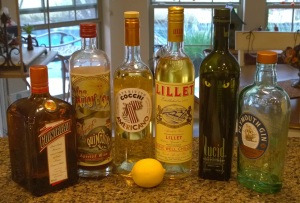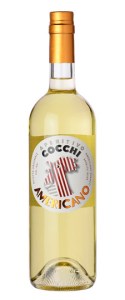Fat Tuesday is Upon Us!
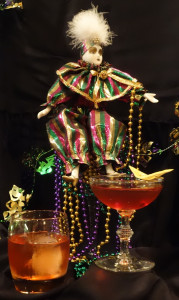 Here we are with another excuse to party! Fat Tuesday always means Mardi Gras and New Orleans. So to celebrate, let’s take a look at two iconic libations from the Crescent City, the Vieux Carré and the Sazerac.
Here we are with another excuse to party! Fat Tuesday always means Mardi Gras and New Orleans. So to celebrate, let’s take a look at two iconic libations from the Crescent City, the Vieux Carré and the Sazerac.
Vieux Carré
The Vieux Carré dates to 1938 and was the creation of Walter Bergeron, the head bartender at the Monteleone Hotel. This cocktail, which is similar to a Manhattan, combines the spiciness of the rye with the sweet and mellow flavors of the Cognac and vermouth. Add to that the herbal notes of the Benedictine, and you have a smooth and complex drink.
- ¾ oz. rye whiskey
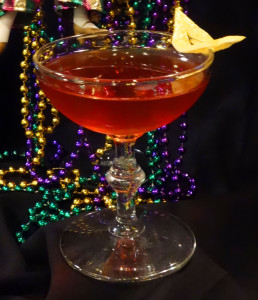
- ¾ oz. Cognac
- ¾ oz. sweet vermouth
- ¼ oz. Benedictine
- dash Peychaud’s Bitters
- dash Angostura Bitters
- Chill either a cocktail glass or an old fashioned glass with ice and water
- Combine all ingredients in a mixing glass and stir with ice
- Strain into the chilled cocktail glass and serve up or over fresh ice in chilled Old Fashioned glass
- Garnish with thick lemon twist
Sazerac
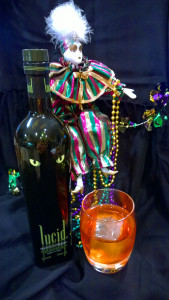 The Sazerac is, basically, a bitters forward, rye Old Fashioned with an absinthe rinse. The history of this drink is somewhat clouded, but it does originate in New Orleans in the last half of the 19th century. There is also supposed to be a ritual for making the Sazerac. The ritual simply substitutes a second Old Fashioned glass for the mixing glass in the recipe below, (or you could mumble a line from Monty Python as well!)
The Sazerac is, basically, a bitters forward, rye Old Fashioned with an absinthe rinse. The history of this drink is somewhat clouded, but it does originate in New Orleans in the last half of the 19th century. There is also supposed to be a ritual for making the Sazerac. The ritual simply substitutes a second Old Fashioned glass for the mixing glass in the recipe below, (or you could mumble a line from Monty Python as well!)
Whatever ritual you follow this is a cocktail you need to try. The flavors are the spices of the rye and bitters combined with the hint of anise and herbs of the absinthe.
- 2 oz. quality rye whiskey such as Sazerac or Templeton Small Batch
- 4 dashes Peychaud’s Bitters
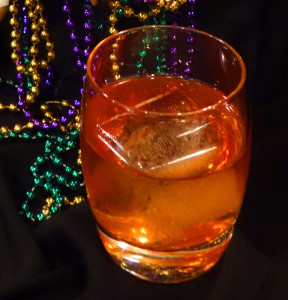
- 1 dash Angostura Bitters
- 1 tsp. 2:1 simple syrup
- absinthe
- lemon peel
- Chill old fashioned glass with ice and water.
- Combine all ingredients, except absinthe, to a mixing glass and stir with ice.
- Drain ice and water from chilled old fashioned glass and rinse with dash of absinthe.
- Strain drink into chilled, absinthe rinsed old fashioned over fresh ice.
- Twist lemon peel over drink and discard peel.
Laissez les bons temps roulez!!
Santé!

